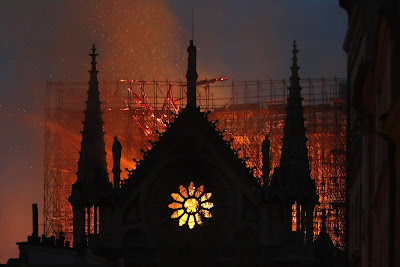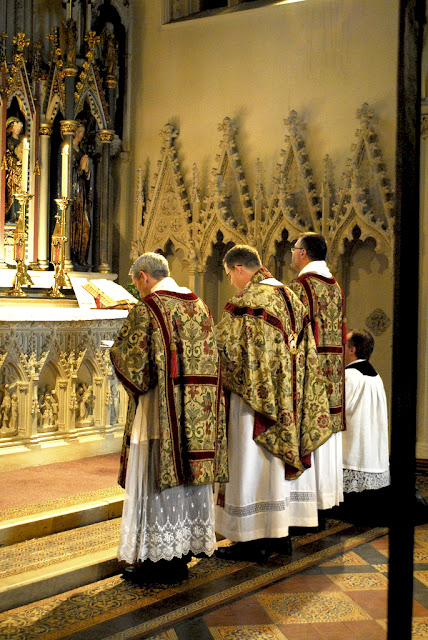Such intercessions are, therefore, of Apostolic origin, and were everywhere known by the time of Saint Augustine. The Solemn Orations of the Good Friday Afternoon Liturgy were the only survival of such intercessions in the Roman Missal for centuries. In the East, however, they were preserved in the unvarying Litanies, or Ektenia that are prayed throughout the celebration of the Divine Liturgy. From the East, such intercessions made their way during the first millennium into the various Rites in England and, centuries later, were incorporated into the Services of the Church of England, long after they had ceased being a usual feature of the Roman Rite.
Anciently, the intercessions formed part of non-Eucharistic prayer service (sometimes called a Synaxis). But when such services came to be usually celebrated immediately before the Eucharistic Liturgy, the intercessions gradually fell into disuse. This was because intercessions made during the Eucharistic Liturgy often repeated those found in the Synaxis. Such was the origin of the Roman Mass being described in two parts: the Mass of the Catechumens and the Mass of the Faithful.
What is found in almost all the ancient examples of these intercessions are common intentions, which were summarised and made explicit by the Fathers of the Second Vatican Council.
It was never envisaged by the Council - nor was it part of the ancient practice - that such intercessions vary on a daily basis, nor that there be any inclusion of extemporaneous prayer. It might easily be argued that the Council Fathers wished that these intercessions would become fixed in people’s consciousness, by being prayed week after week. Such is the practice with our Eastern brethren.
Upon this simple concept outlined by the Council Fathers, there have been many accretions over the last 50 years. Not uncommonly, we find intercessions anaemic in their theological content and not specifically Christian in their outlook. We commonly find the intercessions to be linked to the Propers of the Mass, and the lections of the Mass of the Day, as if “theme” were all-important. But this was never intended by the Council Fathers. Furthermore, a new and more noble translation of the Roman Missal for the English-speaking world has highlighted the often unsacral, even trite expression of these intercessions. But even the formulae found in the Roman Missal are so terse as easily to be described as bland.
A further post will examine some forms of Intercession drawn-up immediately after the first liturgical reforms of the Second Vatican Council.















